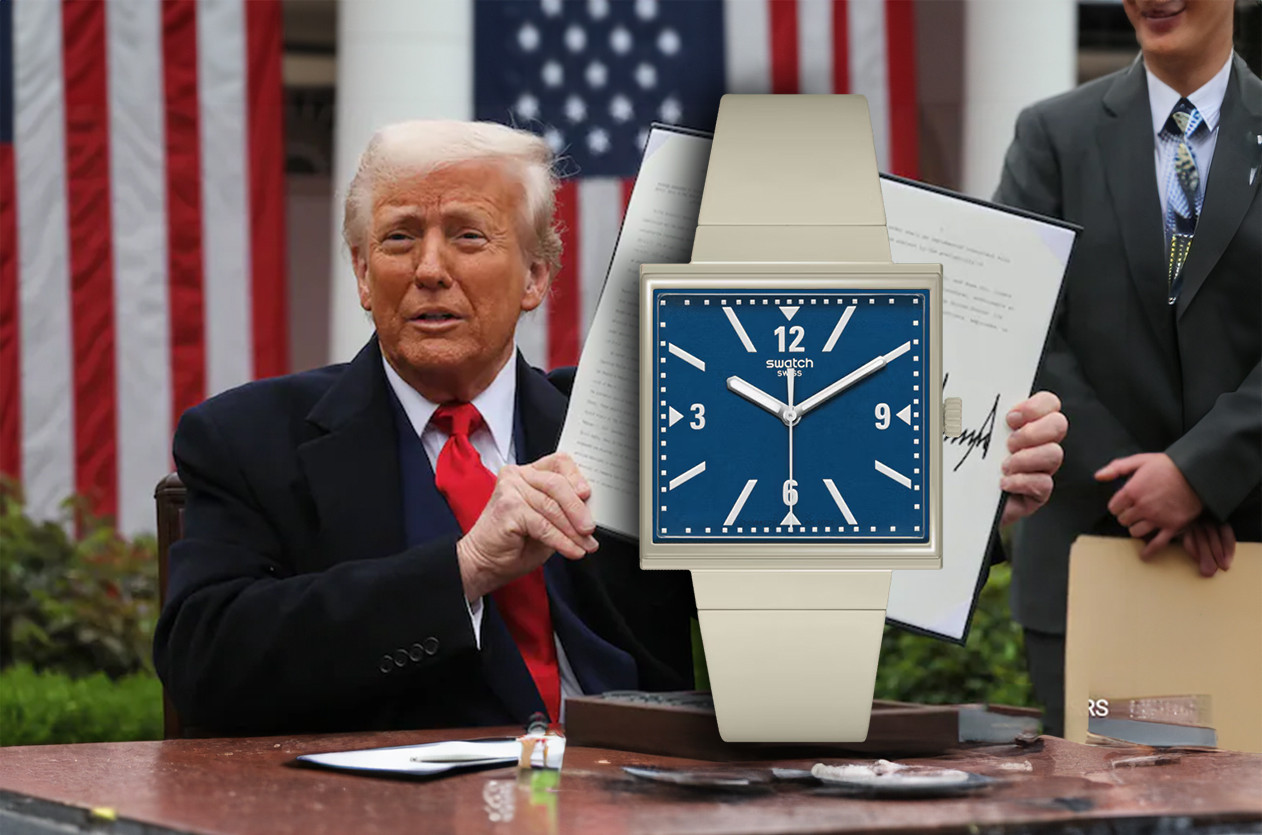
News Swatch Mocks U.S. Tariffs with a New Watch
Welcome to the hub of the horoloy
An In-Depth Look at How Frequency Influences Movement Functionality
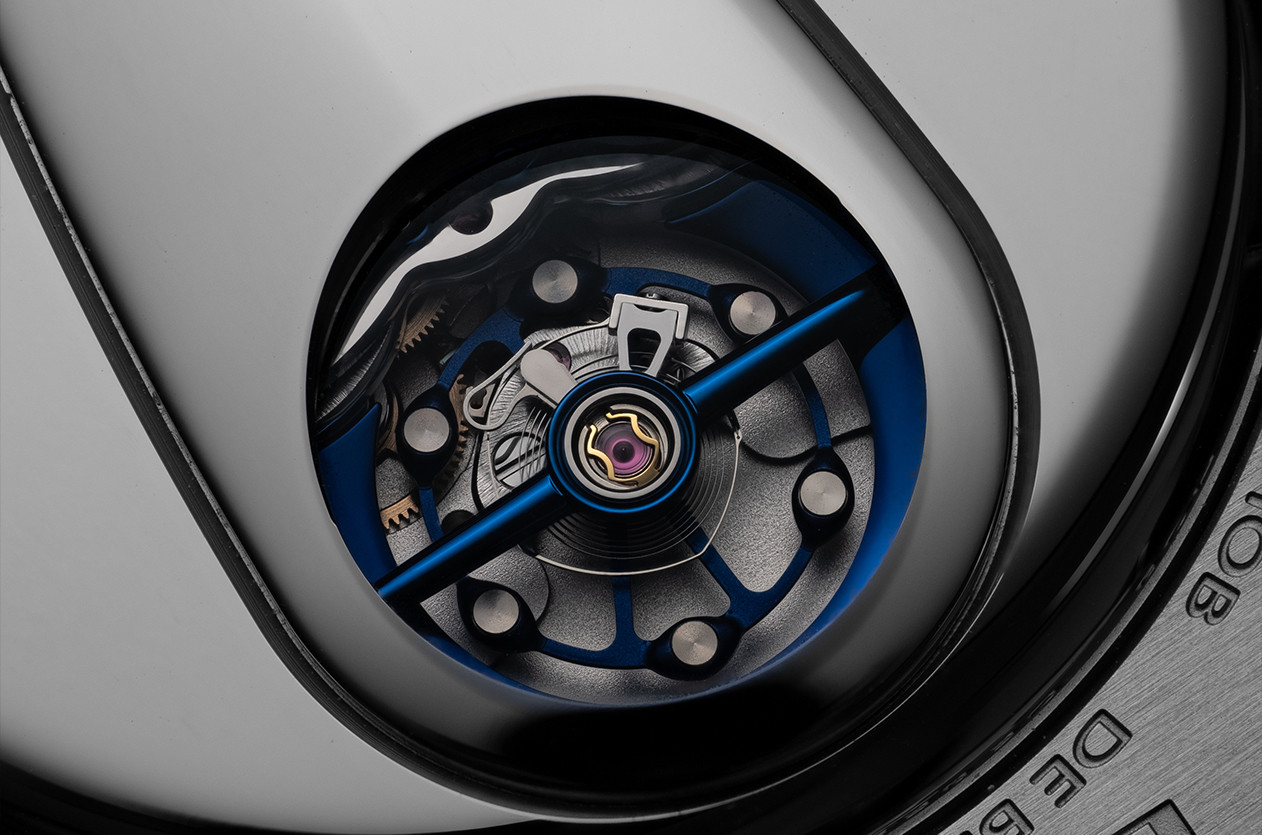
When reading any article or description of “SPECS” for a mechanical watch, we often come across the term "movement frequency." What is it, and why is it important for watchmakers to highlight this specification?
In this article, we will explain frequency and its effect on the watch movement, but before that, let us start from the basics of how the watch movement works. Without diving too deeply into the mechanics of a watch, a mechanical watch draws its energy from the mainspring inside the barrel. This stored energy is transmitted through a series of gears to the escapement, specifically the balance wheel, which regulates the movement and sets the rhythm.

A watch’s frequency is measured in two terms: hertz (Hz) and vibrations per hour (VpH). Hertz refers to the number of oscillations the balance wheel makes in a single second. A half oscillation, or a swing of the wheel in either direction, equals one vibration. For example, a watch with a frequency of four Hz makes four full oscillations per second, or eight vibrations, totaling 28,800 vibrations per hour.
A vibration occurs when the balance moves in one direction (tick), and an oscillation is counted when it moves back to its original position (tick, tock) – similar to a pendulum. Four oscillations per second equal eight vibrations in the same period. Multiplying eight vibrations by 3,600 seconds (the number of seconds in an hour) results in 28,800 VpH.

So, why do some mechanical movements work faster?
But a better question is: Why don't most movements run faster?
Why aim for higher movement frequencies in mechanical watches? A movement that operates at 5 Hz (36,000 VpH) or above is often called a “high-beat” movement. While conventional rates range from 2.5 to 5 Hz, some companies push beyond this.
Higher frequencies necessitate that certain parts of the movement be made from lightweight materials with high wear resistance, with silicone being an ideal choice. Ulysse Nardin was the first to use this technology in their Freak One watch.
While the average mechanical movement speed ranges from 2.5 to 5 Hz, some companies exceed this. For instance, the Breguet Classique Chronométrie 7727 operates at 10 Hz (72,000 VpH)

The Zenith Defy Inventor, a limited-edition watch, features a movement that hits 18 Hz (129,600 VpH).
The frequency at which a balance wheel runs is primarily determined by the design of the balance wheel and hairspring. Generally, a larger balance wheel runs slower, while a smaller balance ticks faster.
The relationship between high frequency and power reserve
Lower frequency movements historically offer longer power reserves since the energy required to engage the balance wheel is less than in a high-beat caliber.
Why high frequency?
Higher frequencies make the movement less responsive to external disturbances, enhancing precision. A balance that beats more times per second is more stable, less influenced by external interference, and can recover from disturbances more quickly than a slower movement. Therefore, high-beat watches are more precise due to their inherent rate stability.
However, one crucial factor governing precision is maintaining rate stability in the face of external abnormalities such as temperature changes, magnetic fields, or shocks, not just the frequency at which a mechanical watch runs.
Ultimately, all watchmakers agree that the accuracy of a watch depends not solely on the speed of the movement frequency but on maintaining a constant frequency under all conditions throughout the watch's life.

Often, movements with a lower frequency provide a greater power reserve. However, manufacturers have overcome this technical challenge by adding a second barrel to increase the power reserve. On the other hand, a high-frequency movement means more movement, more friction, and more wear, which requires periodic maintenance, such as changing the lubrication and replacing some parts. Therefore, most practical watches are designed with a medium frequency to ensure a longer lifespan.
We hope we have been able to provide valuable insights and address some questions regarding the frequency of watch movements. Our aim was to shed light on aspects that might be overlooked by some, and we trust that this article has enriched your knowledge and understanding of the world of watchmaking.
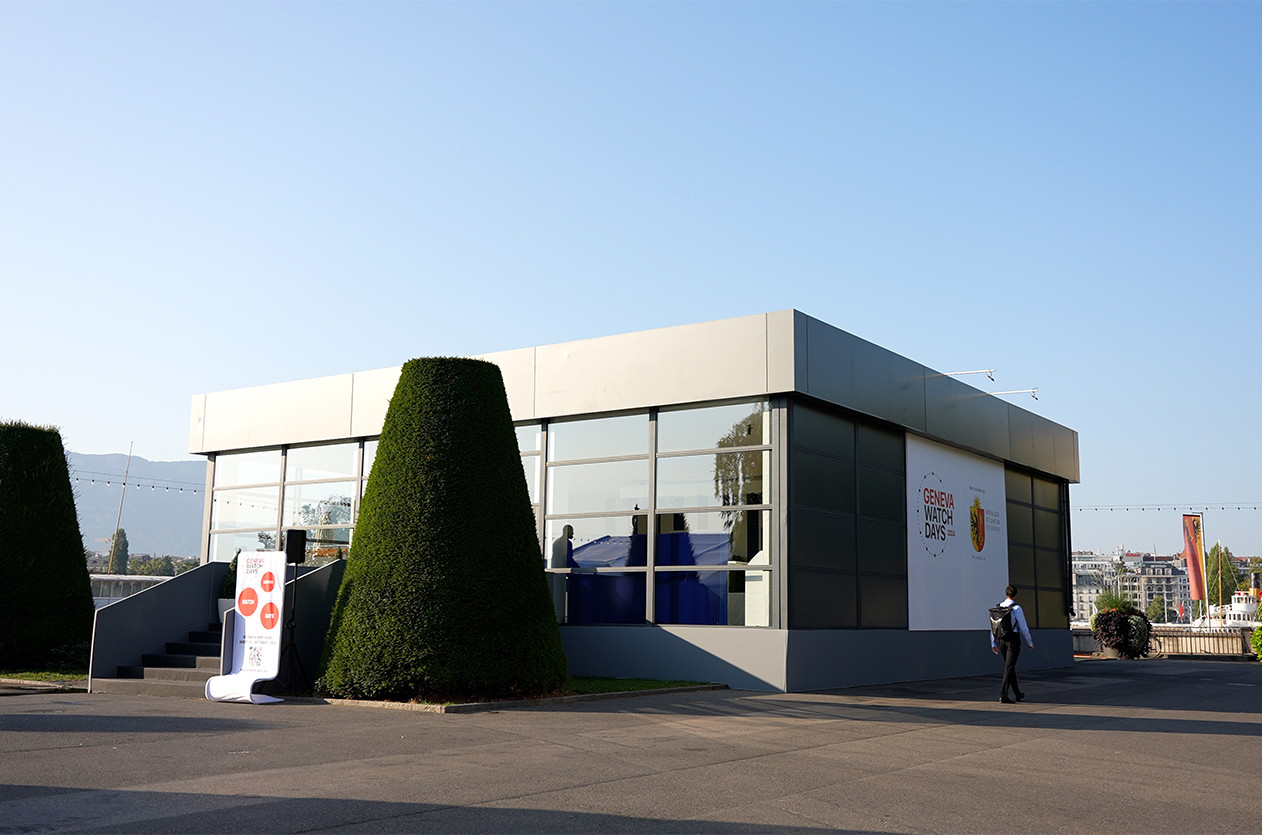
Opinion Four Brands Poised to Steal the Spotlight at Geneva Watch Days 2025

News Trump Hits Swiss Imports With 39% Tariffs

News 6th Edition of Geneva Watch Days 2025
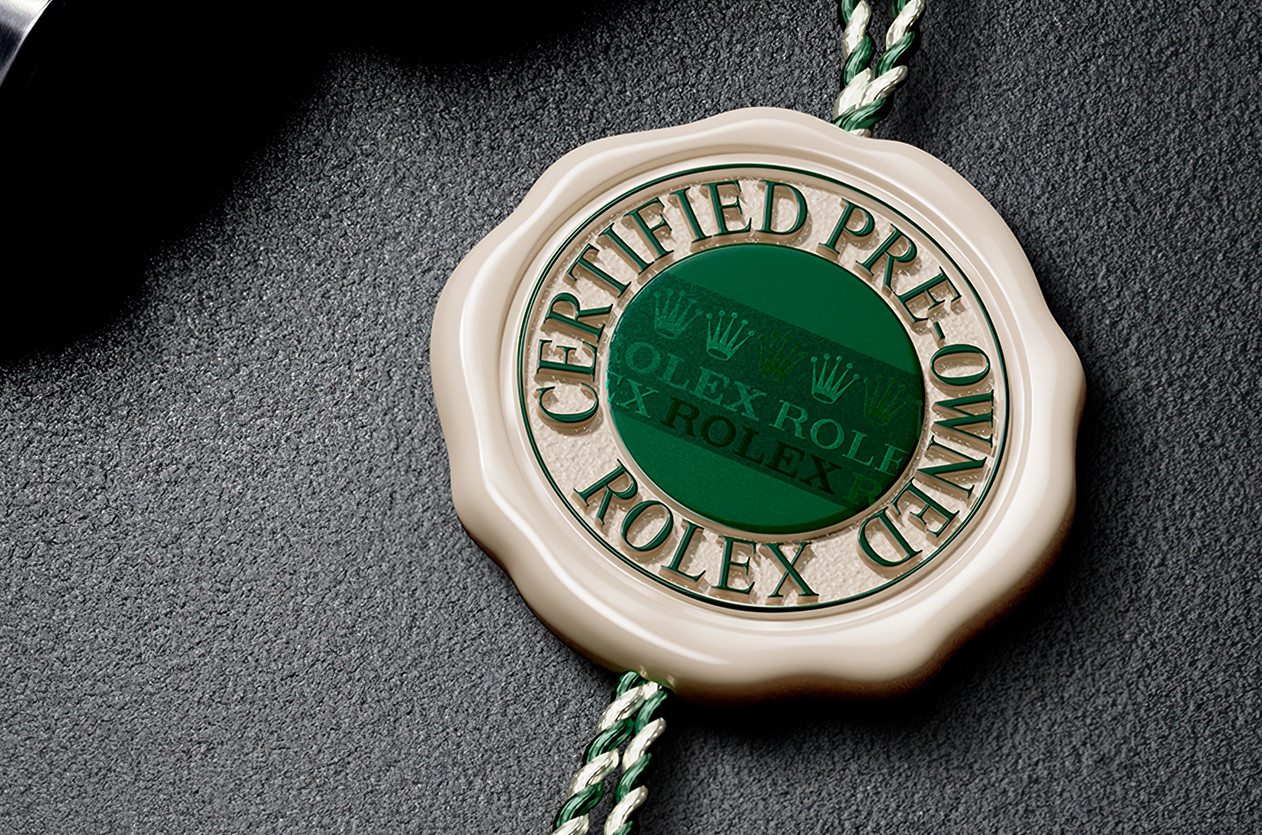
Editorial What is the reason behind the scarcity of Rolex watches in boutiques?
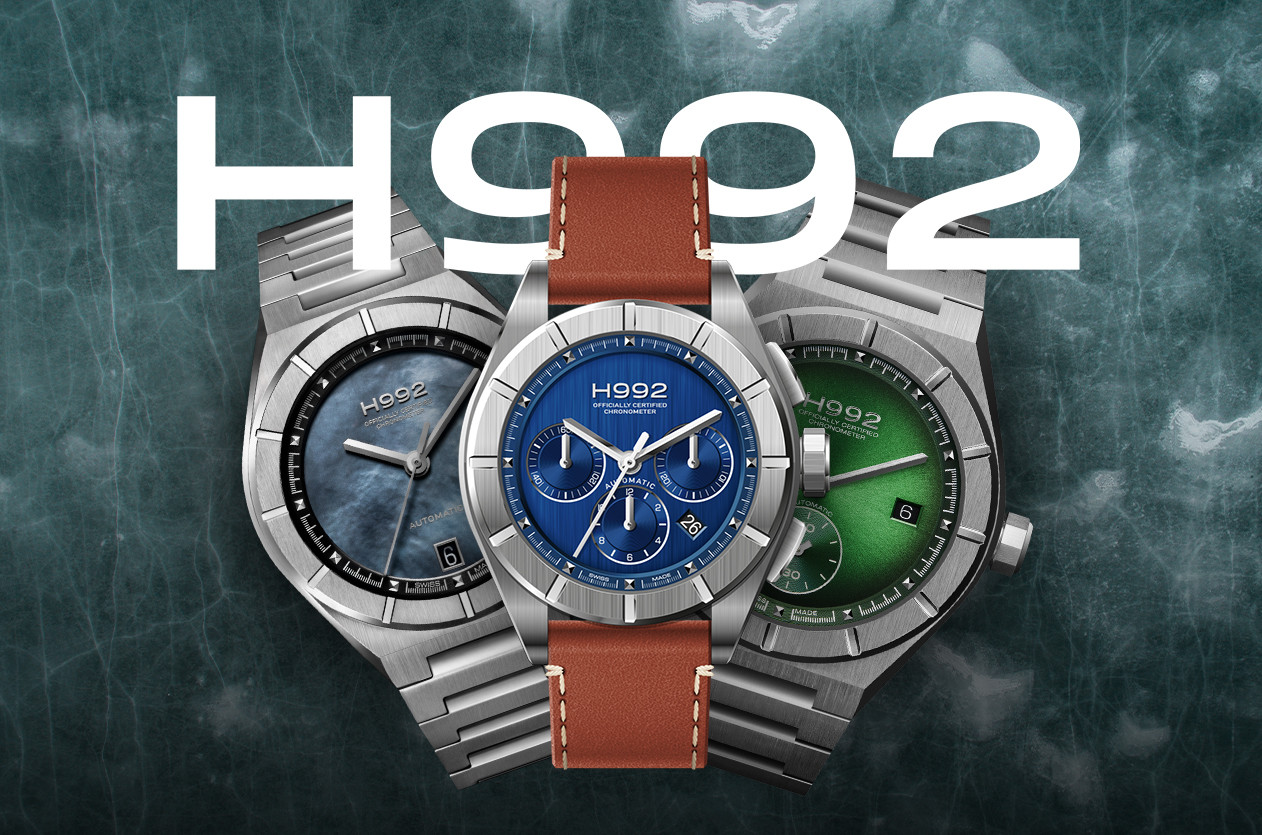
Introducing H992: A New Independent Brand Rising in Swiss Watchmaking

News Dubai Watch Week 2025 Will Be the Largest Ever with 90 Brands Participating
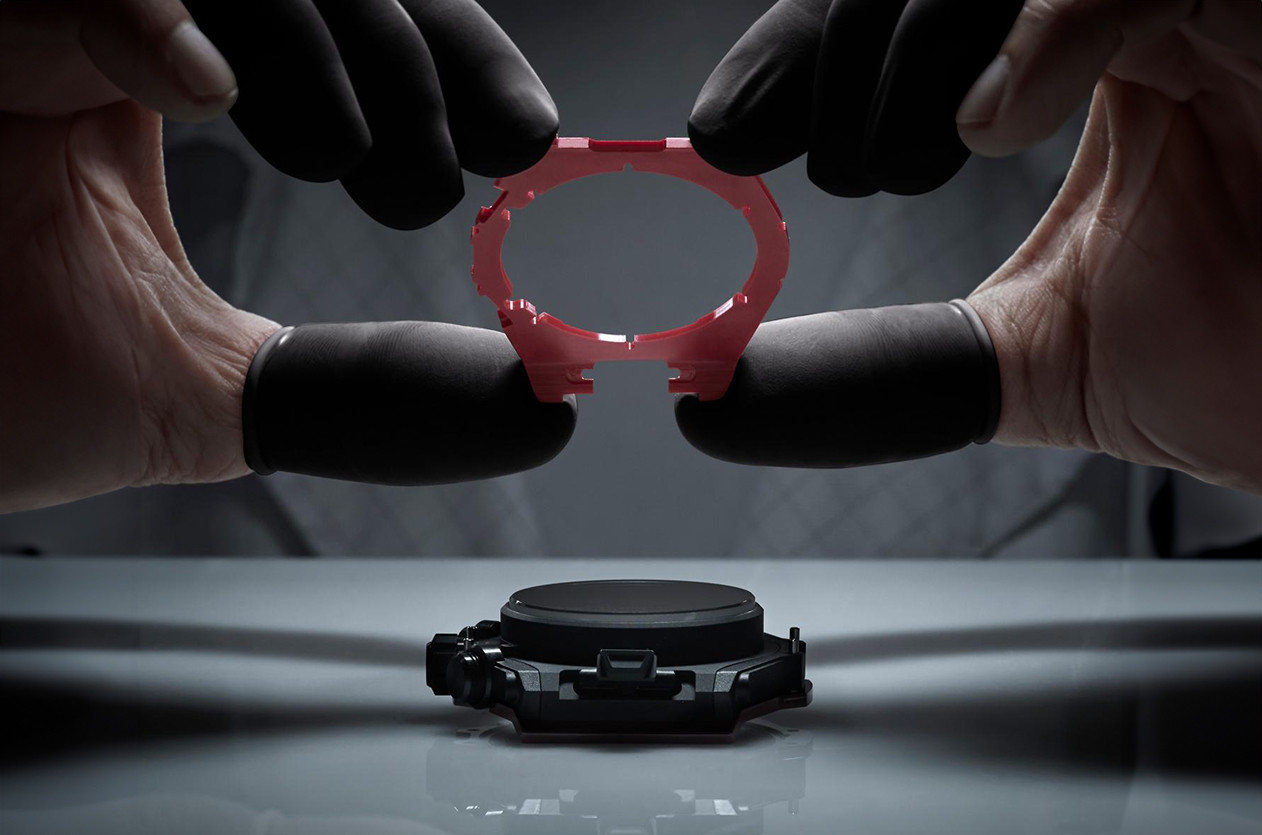
Editorial The Secrets of Watch Case Design
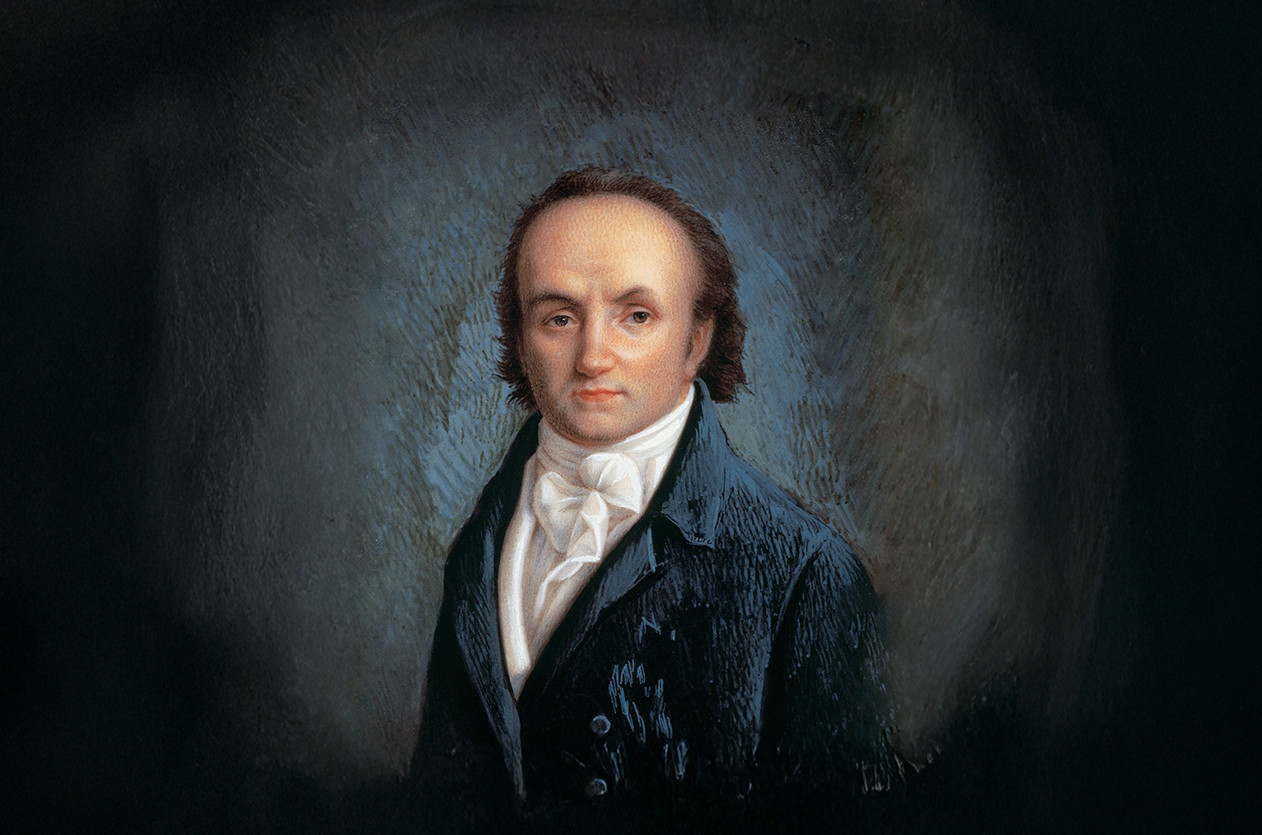
Editorial Abraham-Louis Breguet, The Father of Modern Horology
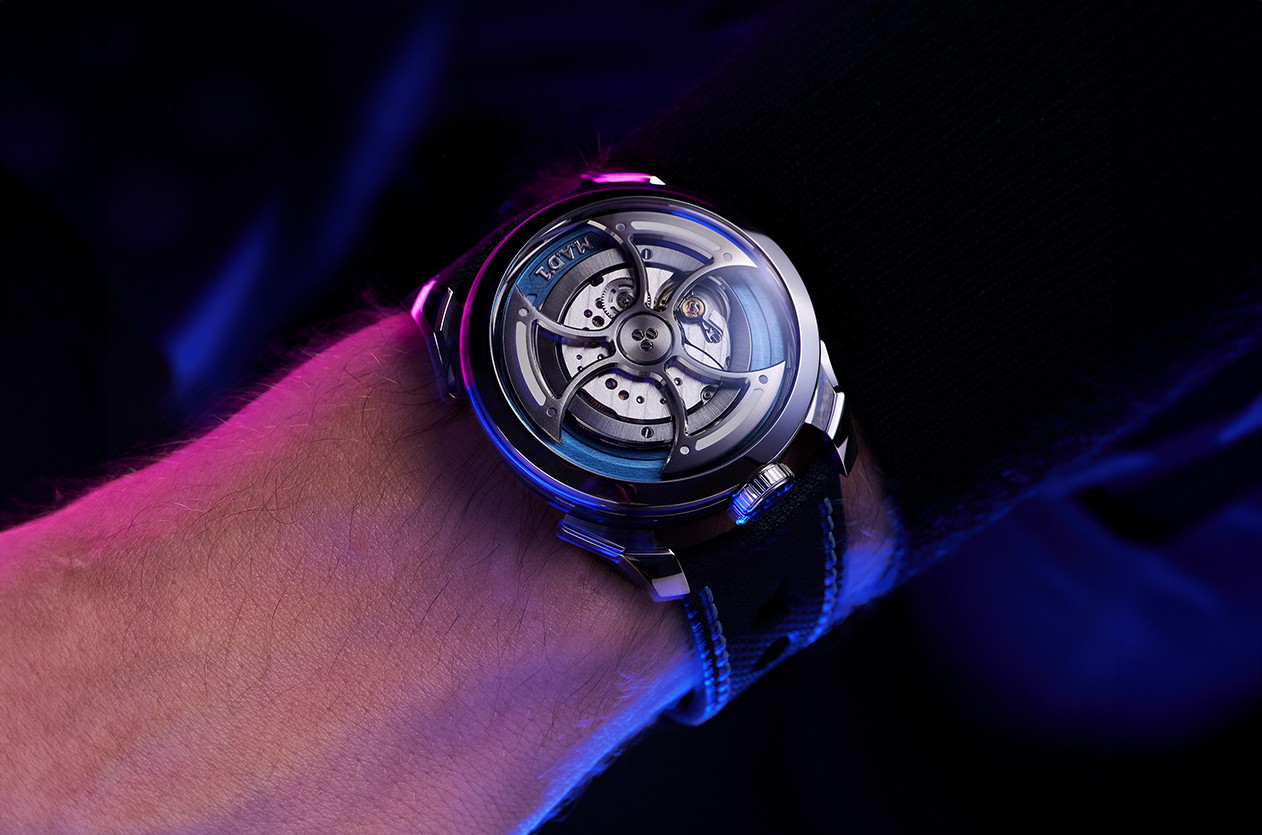
Introducing MB&F Unveils the New Generation of Its Famous Collection the M.A.D.1S
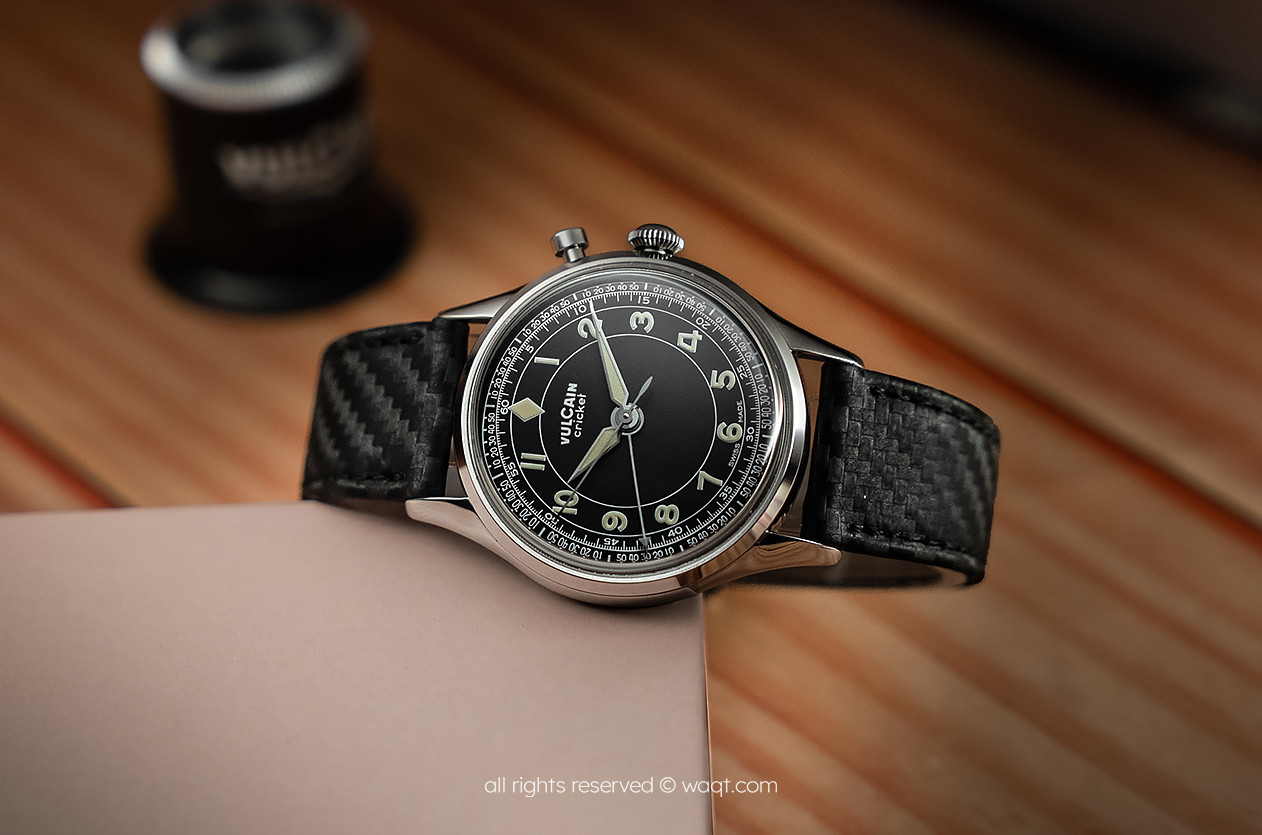
Hands on Vulcain Cricket Classic 39mm Black & Khaki
Comment Delete Text
This page is available in English only. Please click below to visit Arabic Home page!